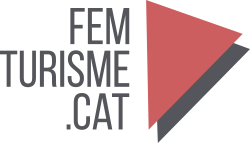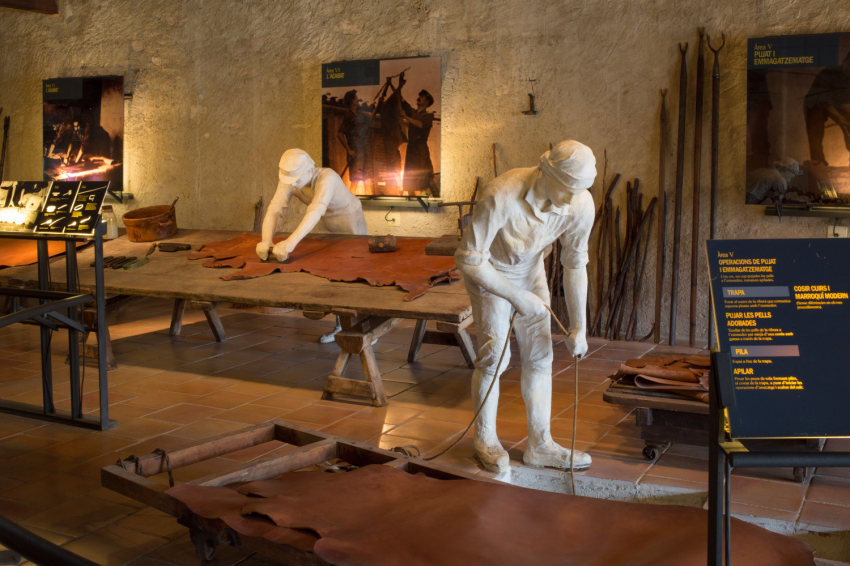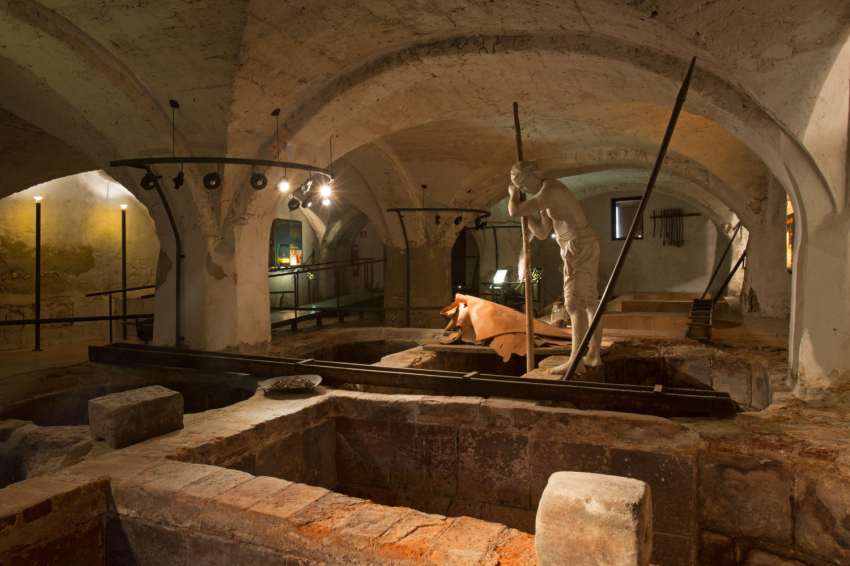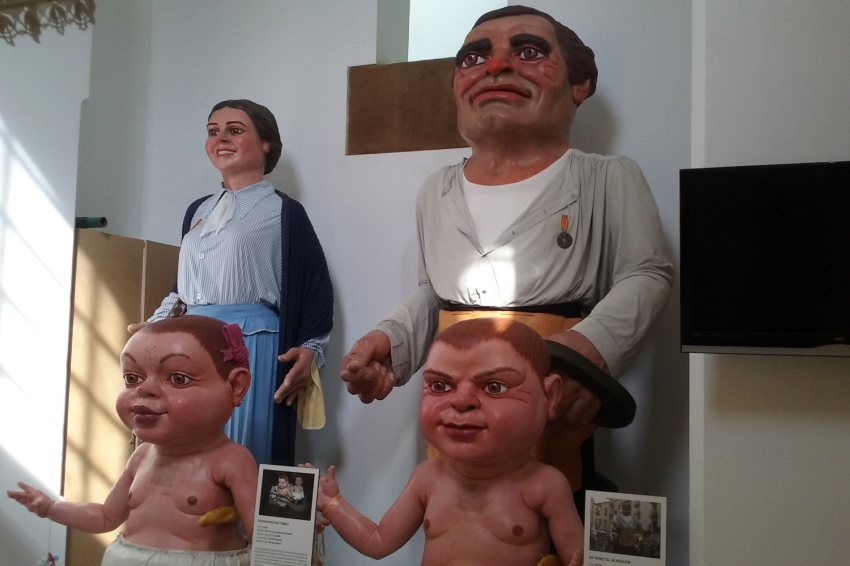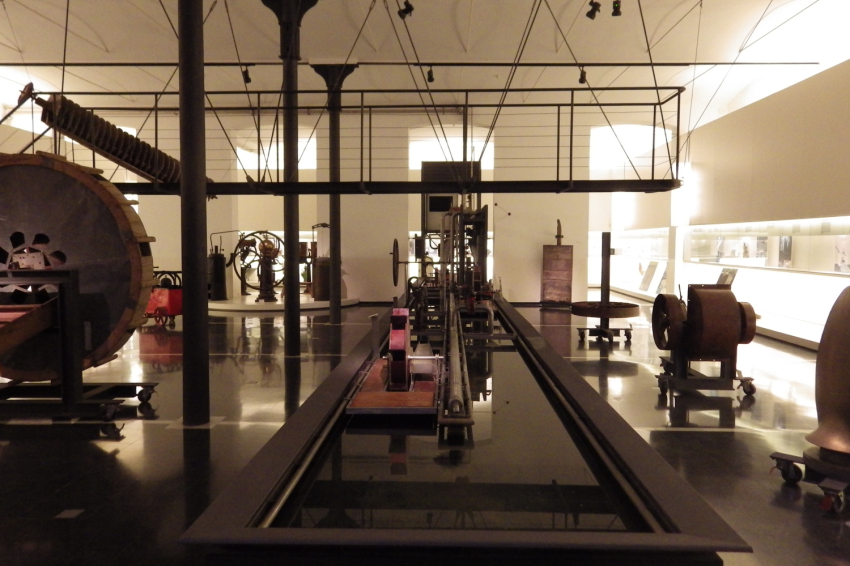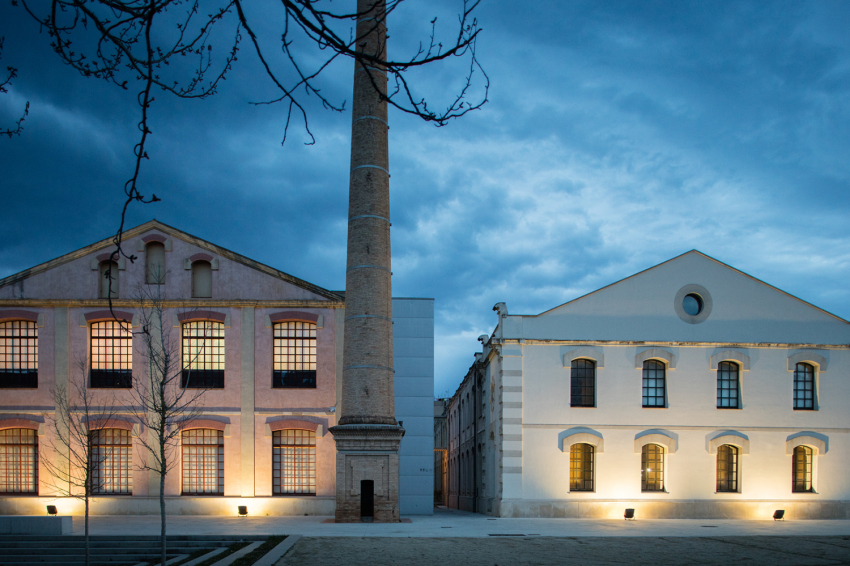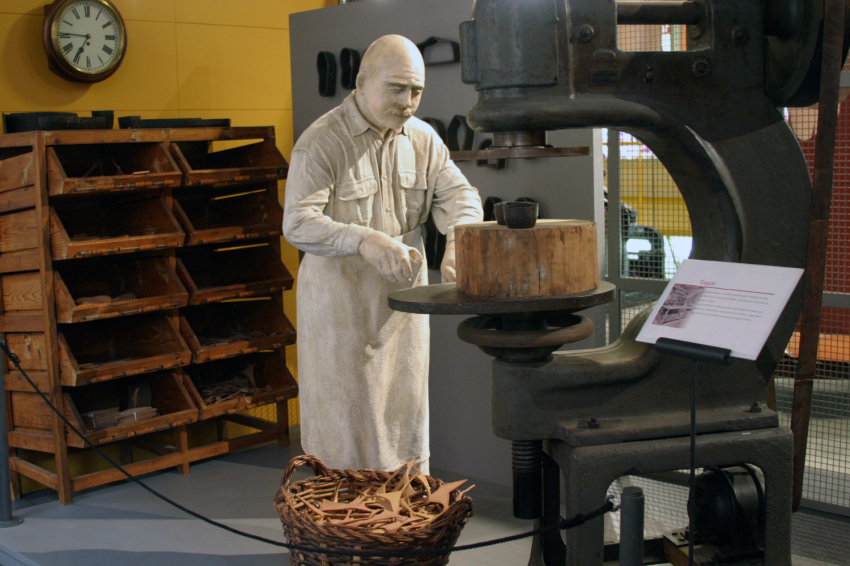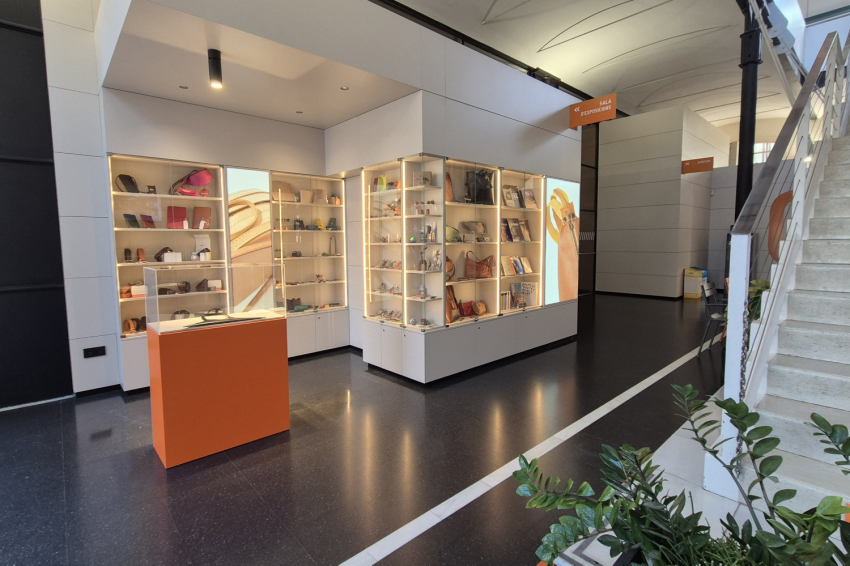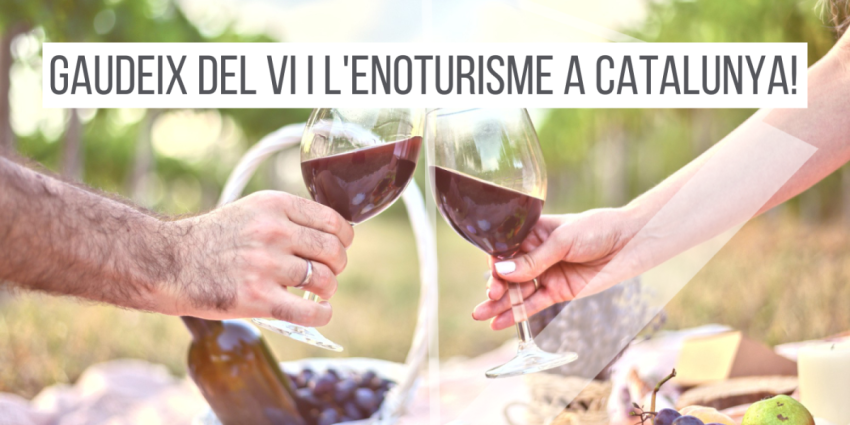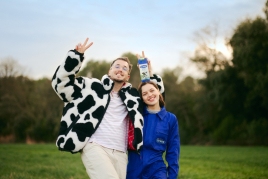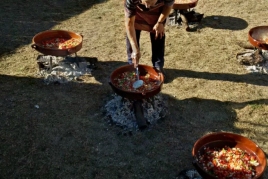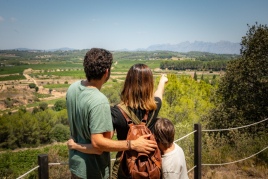Museu de la Pell d'Igualada i Comarcal de l'Anoia Igualada
At the Igualada Leather Museum, we'll show you the craft of tanning hides, an ancient practice that continues today. Did you know that before the arrival of electricity and the first machines, it took almost a year to turn a hide into leather? And that the early decades of the 20th century were the golden years of Igualada's tanneries, at a time when plastic and other synthetic materials had not yet burst onto the market?
Throughout our history, we have become a leading museum of cultural and industrial heritage in Igualada, Anoia, and the entire country. We are committed to bringing the world of leather, its properties, and the significant opportunity it represents for environmental sustainability and the circular economy to everyone. We have various initiatives for promotion, research, and dissemination, and we work closely with the city's community. Whether you're a local or foreign visitor, whether you're a family or a schoolchild, senior citizens, people with disabilities, or groups in vulnerable situations, we look forward to seeing you all!
Visitable spaces
Cal Granotes
Cal Granotes is an 18th-century tannery located in the heart of the Rec neighborhood, next to the canal that gives it its name. It preserves the most characteristic elements of a 300-year-old tannery , and through an interesting presentation of the trade and tools, it explains the artisanal process used before industrialization.
Cal Granotes will be closed from July 2024 until the first quarter of 2026 for renovation. The tannery is beginning a process of updating the building, adapting it to environmental sustainability standards, and will implement a new, more immersive museography that will explain everything from the origins of Igualada, the creation of the Rec neighborhood, and the present day, with the craft of tanning hides in the 21st century. We apologize for the inconvenience.
The Leather Museum is located in an iconic building, the Cal Boyer , a late 19th-century cotton factory. You'll find permanent exhibitions dedicated to explaining the use of leather and the legacy of Igualada's adobe tradition, as well as a discussion of water harvesting and use.
The Tanning Trade Room
Generations of tanners have fertilized leather in Igualada. This exhibition first shows what pre-industrial activity was like in the factories that sprang up alongside an irrigation canal and , at the same time, gave rise to a new neighborhood. It then follows the path to industrialization, beginning with the first machines powered by new energy sources.
Room A universe of skin
Throughout this space, you will discover that leather has accompanied the development of humanity since its beginnings , and that it is present in areas as diverse as clothing, tools, transportation, writing, and sports, among others. You will find a careful selection of objects ranging from the Roman period to the 20th century and belonging to nearby environments or distant cultures, made wholly or partially from leather, which exemplify the multiple applications and uses of this highly prized material.
Water Space
This section provides an overview of water harvesting and use . The collection of hydraulic tools and devices demonstrates various methods of water harvesting, and the experimental channel allows users to use models to understand how they work .
House of the Party
It houses much of Igualada's festive imagery and occupies the former Cal Boyer steam room. All the elements are on permanent display, which can be visited during museum hours with free admission. Occasionally, some elements may be missing from performances or due to restoration.
The Museum also manages other heritage sites in the city of Igualada:
Roman villa of Espelt. A town to discover
This villa is an archaeological site with remains of a farming operation, mostly from the 2nd century AD , located in the heart of Espelt (Òdena), near Igualada. It is the most significant Roman villa in the Anoia region and has been declared a cultural asset of national interest. You can find more information at: Vil·la Romana del Espelt.
Sant Jaume Sesoliveres. Eight hundred years of history written on the walls.
On the walls of this church on the Camino de Santiago, you can read about its history, from its almost thousand-year-old birth and the use of the first floor as a granary to its destruction due to a landslide. Built in the late 12th century, it was restored in the late 20th century. It is a cultural asset of national interest. You can find more information at: IGDA. Learn about the history of Igualada. Sant Jaume Sesoliveres.
Cal Pasqual Gas Generator. Producing energy from producer gas.
The Cal Pasqual textile industry gas generator operated after the Civil War until 1955. It produced producer gas, a rare form of energy. It is the only gas generator of its kind preserved in Catalonia. You can find more information at: IGDA. Learn about the history of Igualada. Pasqual is needed.
Throughout its history, the Igualada Leather Museum has become a benchmark for the cultural and industrial heritage of both the city and the region, thanks to various initiatives of revitalization, research, and dissemination, promoted by the Igualada City Council and with the support of the associative network.
History
The Museum has its origins in the City Museum, inaugurated in 1949 at the initiative of the Igualada Regional Studies Center. In this same space, and with the support of the white sector, a section dedicated to leather was created in 1954. In 1982, management of the former Museum was transferred to the Anoia Regional Museum Municipal Public Foundation.
The following year, in 1983, the Igualada City Council, the Museum Service of the Generalitat and the Blanquers Guild acquired the Cal Granotes tannery (18th century), which was excavated, restored and opened to the public in 1990. At the same time, the City Council purchased the old factory, which was gradually rehabilitated and housed various open spaces between 1986 and 1999, with permanent exhibitions dedicated to the industrial heritage of tanning and water.
In 1988, the Museum, along with nine other museums and under the umbrella of the Barcelona Provincial Council, promoted the creation of the Local Museums Cooperation Commission, which later became the Local Museums Network. In 1998, it was declared a section of the Museum of Science and Technology of Catalonia and integrated into the Territorial System of the mNACTEC. Finally, in 2015, it joined the Igualada Leather Cluster Barcelona.
Collections and background consultations
The Museum's collections, displayed both at Cal Granotes and in the permanent exhibition spaces of Cal Boyer, include objects, tools, and machinery linked to the leather and tanning industries. Hydraulic devices and other pieces related to water management are also on display in the "Man and Water" space.
The Museum's collection consists of an artistic collection that includes paintings, sculptures, altarpieces, and religious art, as well as collections of archaeology, paleontology, science and technology, ethnology, and natural sciences. A portion of this collection is accessible through the Museums Online platform .
The Museum's bibliographic collection, specializing in books and documents on hide fertilizer, is part of the Network of Specialized Libraries of the Government of Catalonia (BEG) and can be consulted in the BEG online catalog.
The Museum offers a collection consultation and research advisory service, available Monday to Friday, from 9 a.m. to 1 p.m., by appointment. To schedule an appointment, please call 938 04 67 52 or send an email to m.igualada@diba.cat.
Assignment and rental of spaces
The Museum offers unique spaces to organizations and companies for cultural, social, or educational events—such as conferences, meetings, symposia, or concerts —as well as for commercial uses, such as product launches, filming, commercial shoots, or advertising photography sessions.
All museum spaces are accessible to people with reduced mobility. To request access, please check availability by calling 938 04 67 52 or sending an email to m.igualada@diba.cat. You must then complete an application.
In addition, the event can be complemented with private and exclusive visits, outside of normal hours, to the rooms and spaces managed by the Museum, such as the Cal Granotes tannery, the Igualadina Algodonera, the Cal Pasqual gas generator, Sant Jaume Sesoliveres and the Roman villa of Espelt.
Schedules
- Tuesday to Friday: 10 a.m. to 2 p.m.
- Thursday and Friday afternoon: 3 to 8 pm (Adoberia de Cal Granotes until 7 pm) / July and August closed.
- Saturdays, Sundays and holidays: 11 a.m. to 2 p.m.
Prices
General tickets
- Individual ticket: €4.50.
- Reduced ticket: €2.20.
Young people aged 12 to 16, student ID cards, youth ID cards, large and single-parent families, retirees, members of the Xarxa Turisme Industrial de Catalunya Club, holders of a Disability Accreditation Card, combined tickets with other museums in the city, combined activities and tourist packages. - Free admission.
Children up to 12 years old, teachers, ICOM members, members of Museum Associations, Catalan scientists, unemployed people, tour guides, StmNACTEC members, Blanquers Guild, Language Volunteers/Language Partners, and CPNL students, the first Sundays of the month.
Guided tours, with prior reservation (minimum 10 people)
- Guided tour of 1 space * : €4.50.
- Reduced ticket. Guided tour for up to 2 participants *: €3.35. Children aged 12 to 16, student ID cards, youth ID cards, large families, retirees, the unemployed, and members of the Xarxa Turisme Industrial de Catalunya Club.
*Visitable spaces: Adoberia de Cal Granotes, The Tanners' Trade Room, A Universe of Leather Room and the Water space.
School tickets (price per student). Monitoring and materials included.
- Guided tour: €1.80.
- Guided tour and workshop: €4.10.
- Guided tour with angles: €3.10.
- Guided tour and angle workshop: €4.60.
- Guided tour of La Casa de la Fiesta: €15/group.
Accessibility
The Museum has access ramps and elevators to facilitate access to the exhibition halls, and a wheelchair is available for visitors who need it. It also works continuously to ensure that the information, content, and activities are increasingly accessible to everyone.
Tactile gaze
The Tactile Look is a project promoted by the Barcelona Provincial Council's Cultural Heritage Office, in which the Igualada Leather Museum participates. The goal is to offer an inclusive museum experience through a tactile presentation of the museum's collection and contents, promoting cultural accessibility for all audiences. The project incorporates tactile, visual, and auditory resources.
